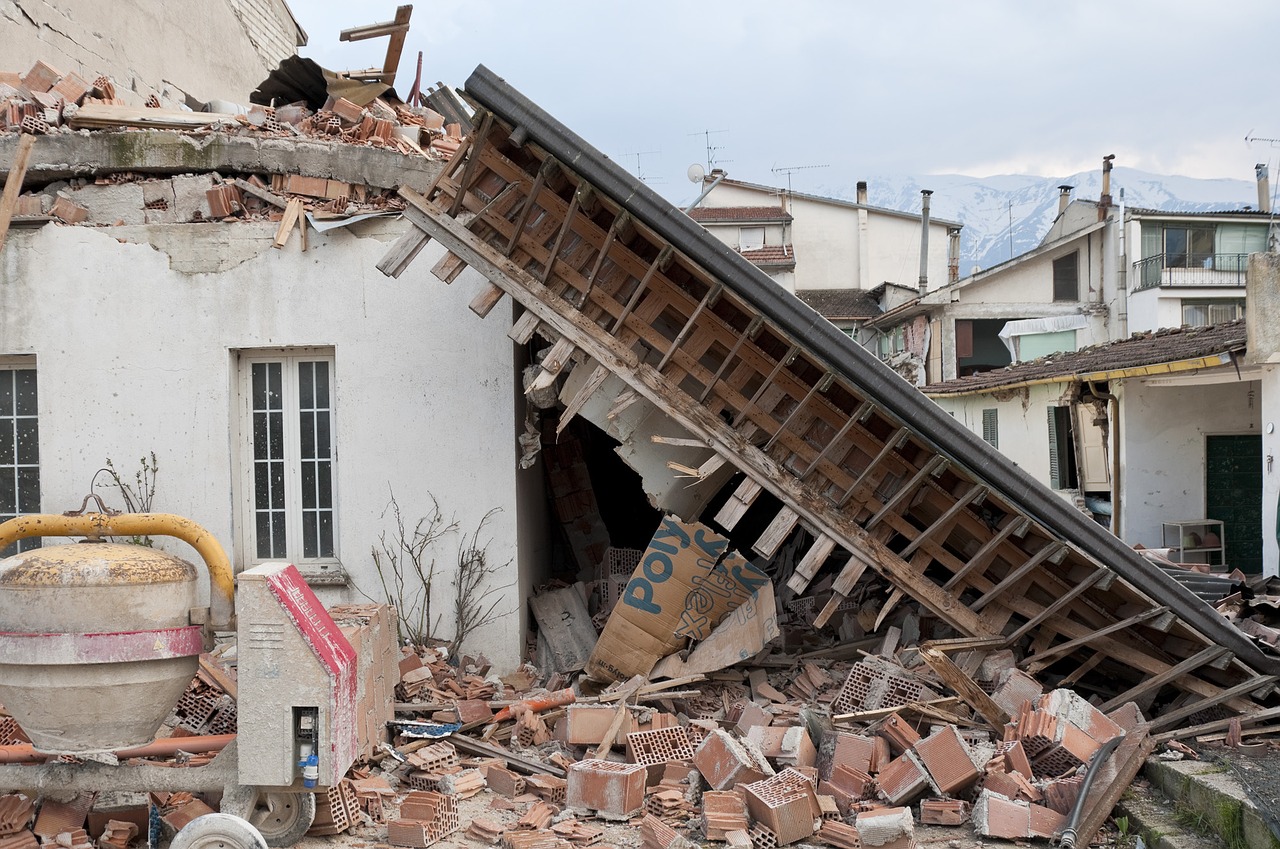
New tool to help predict major earthquakes

An everyday quirk of physics could be a valuable new way to investigate the causes and potential for a damaging earthquake to happen.
Researchers at The University of Texas at Austin in the US have discovered that a frictional phenomenon could be key to understanding when and how violently a fault — a fracture or zone of fractures between two blocks of rock — moves.
The phenomenon, which explains why it takes more effort to shove a heavy box from a standstill than it does to keep it moving, governs how quickly the fault surfaces bond together or heal after an earthquake, the researchers said.
The study, published in the journal Science, shows that a fault that is slow to heal is more likely to move harmlessly while one that heals quickly is more likely to stick until it breaks in a large, damaging earthquake.
Also read: Turkey, Syria earthquake death toll goes past 15,000
No magic wand
The discovery alone won’t allow scientists to predict when the next big one will strike because the forces behind large earthquakes are too complex, the researchers said.
However, it does provide a valuable new way to investigate the causes and potential for a large, damaging earthquake to happen.
“The same physics and logic should apply to all different kinds of faults around the world,” said the study’s co-lead author Demian Saffer, director of the University of Texas Institute for Geophysics at the Jackson School of Geosciences.
“With the right samples and field observations we can now start to make testable predictions about how big and how often large seismic slip events might occur on other major faults, like Cascadia in the Pacific Northwest,” Saffer said.
New Zealand experiment
The researchers devised a test that combined rocks from a well-studied fault off the coast of New Zealand and a computer model, to successfully calculate that a harmless kind of “slow motion” earthquake would happen every few years because the clay-rich rocks within the fault are very slow to heal.
The rock samples they tested were drilled from about half a mile under the seafloor in a fault in New Zealand.
The researchers squeezed the fault zone rocks in a hydraulic press and found that they were very slow to heal and slipped easily.
When they plugged the rock data into a computer model of the fault, the result was a small, slow-motion tremor every two years, a near exact match with observations from the New Zealand fault.
The researchers think the clay-rich rocks, which are common at many large faults, could be regulating earthquakes by allowing plates to slip quietly past each other, which limits the build-up of stress.
Also read: Turkiye probes contractors as earthquake deaths pass 33,000
Findings
The discovery could be used to determine whether a fault is prone to slipping in large, damaging earthquakes, said study co-lead Srisharan Shreedharan, affiliate researcher at the University of Texas Institute for Geophysics and assistant professor at Utah State University.
“This doesn’t get us any closer to actually predicting earthquakes, but it does tell us whether a fault is likely to slip silently with no earthquakes, or have large ground-shaking earthquakes,” he added.
(With agency inputs)

